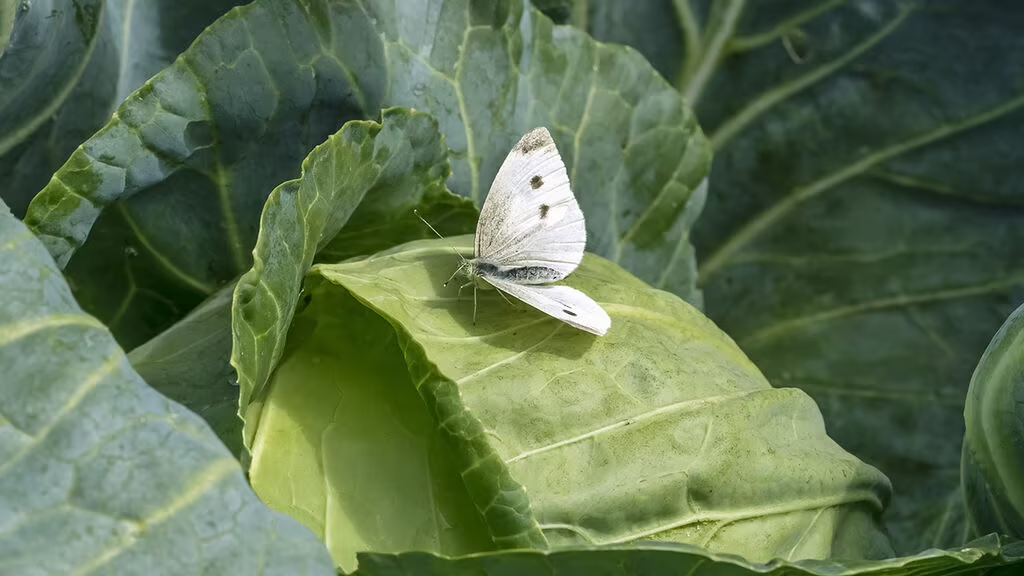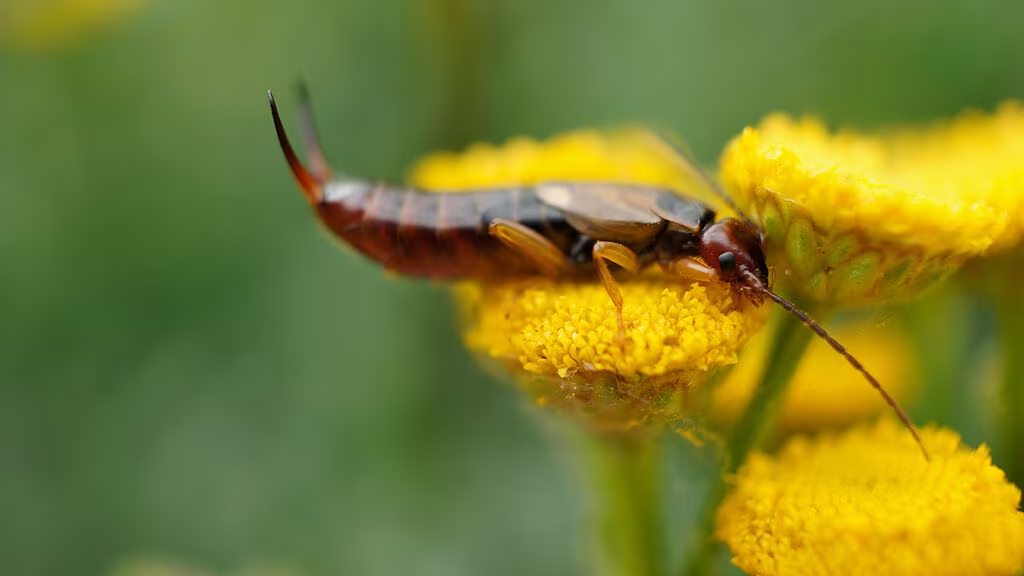Pests on indoor plants - how to get rid of them
Pests and weeds
Ugly leaves and withered plants. Potted plants are unfortunately not spared from pests. But it is possible to get rid of them - here are the simple tricks you need.


Written by Liselotte Roll
Swedish garden inspirer, journalist and author of books about nature, cultivation and animals, such as "Soil", "Grow for insects" and "Chickens as a hobby".
Topics:
Pests and weeds




